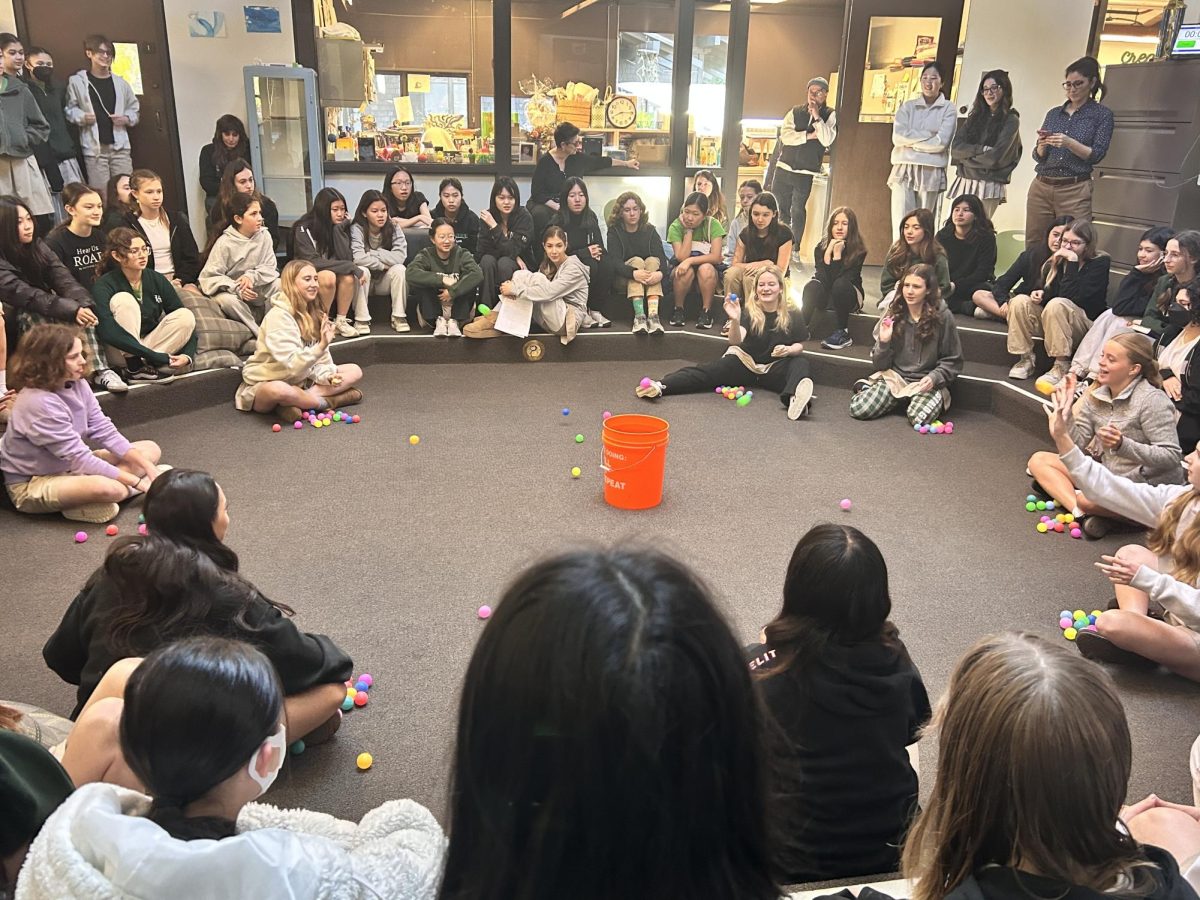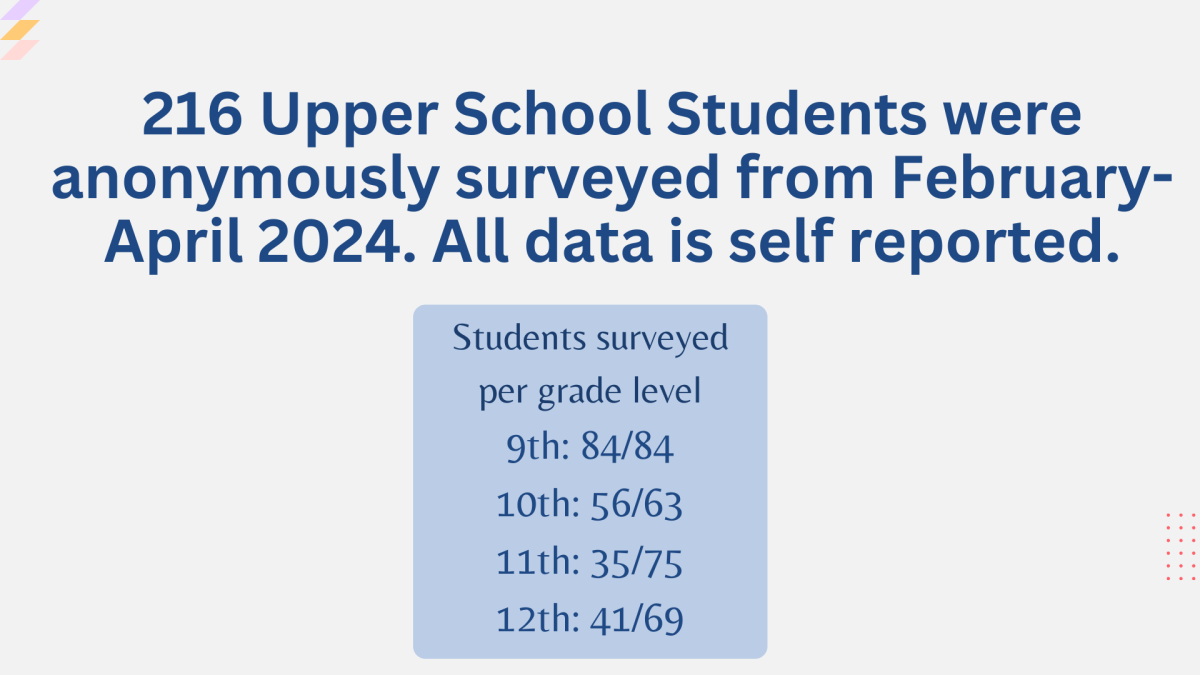With demanding academics and time-consuming extracurriculars, it’s not uncommon for Westridge students to sacrifice sleep first in their long list of to-dos. According to the Centers for Disease Control and Prevention, it is recommended that teens from ages 13–18 years get 8–10 hours of sleep every day. Receiving the recommended amount of sleep increases students’ performance in school and athletics, while also building a personal mindset for confidence and productivity. The most common factors that impact sleep health include academic demand, technology use, extracurriculars, and stress or anxiety. Spyglass anonymously surveyed 216 of the 292 students of the Westridge Upper School to discover what the sleep habits of Westridge students look like.
Categories:
What Do the Sleeping Schedules of Westridge Students Look Like? Spyglass Asked 200+ Students to Find Out.
With demanding academics and time-consuming extracurriculars, what do Westridge students sleep habits look like?
(Rebecca L. '27) 216 Upper School Students were anonymously surveyed from February-April 2024. All Data is self reported.
14
Tags:
About the Contributors

Rebecca L., Managing Editor
Rebecca is a junior in her fifth year of writing for Spyglass and second year as an editor. Outside of writing articles, you’ll find her constantly in coffee shops, curating new Spotify playlists, or walking one of her 3 dogs.

Grace F., Design Team Member
Grace is a junior in her third year of Spyglass Design. She enjoys looking at birds and mangosteen.
More to Discover






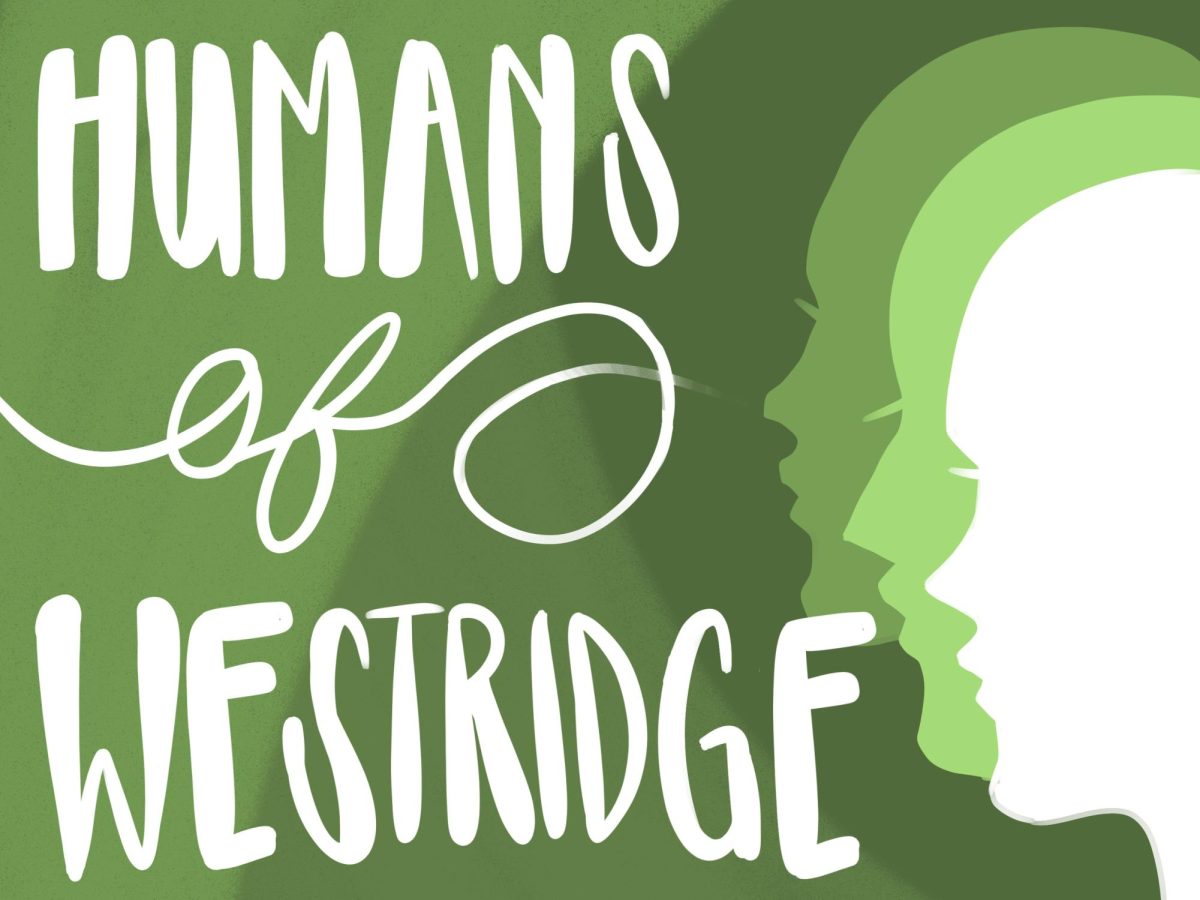




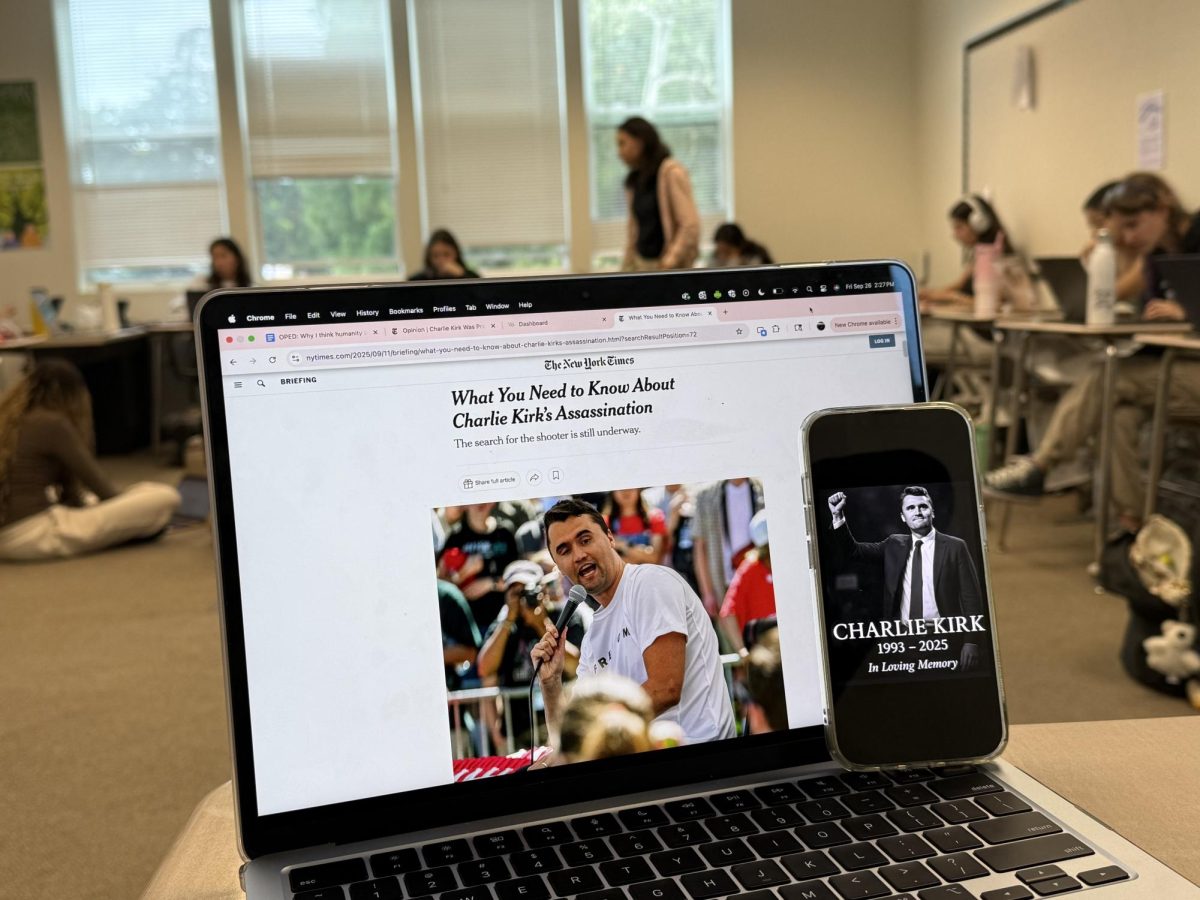
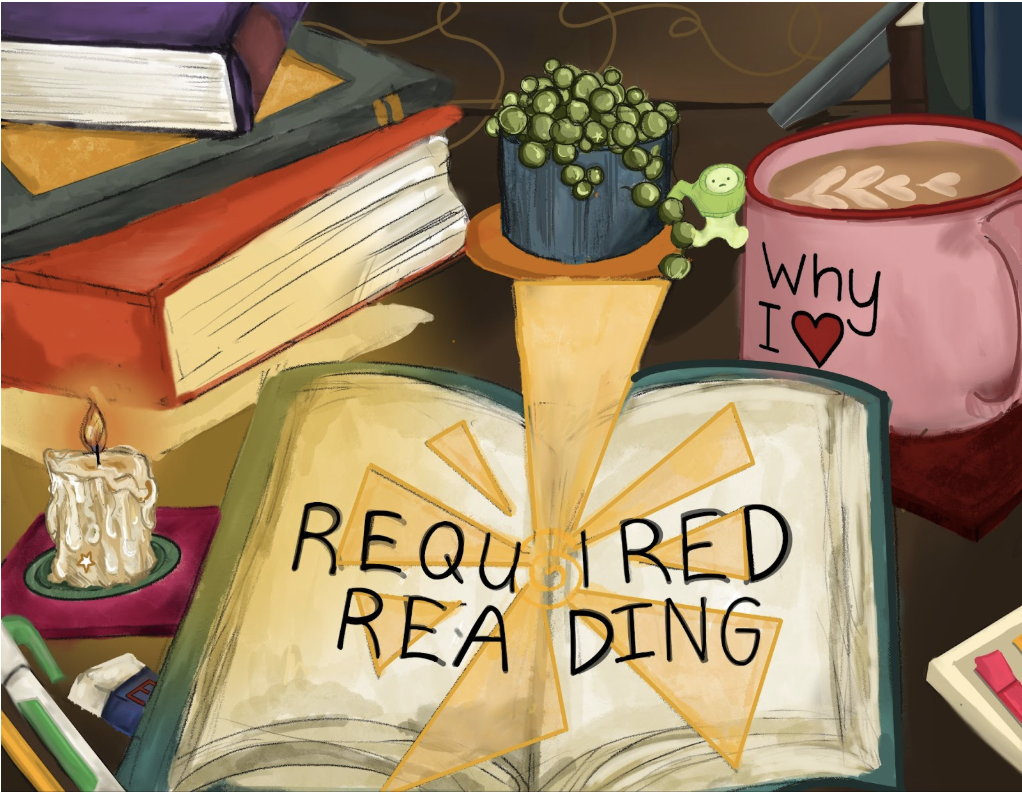
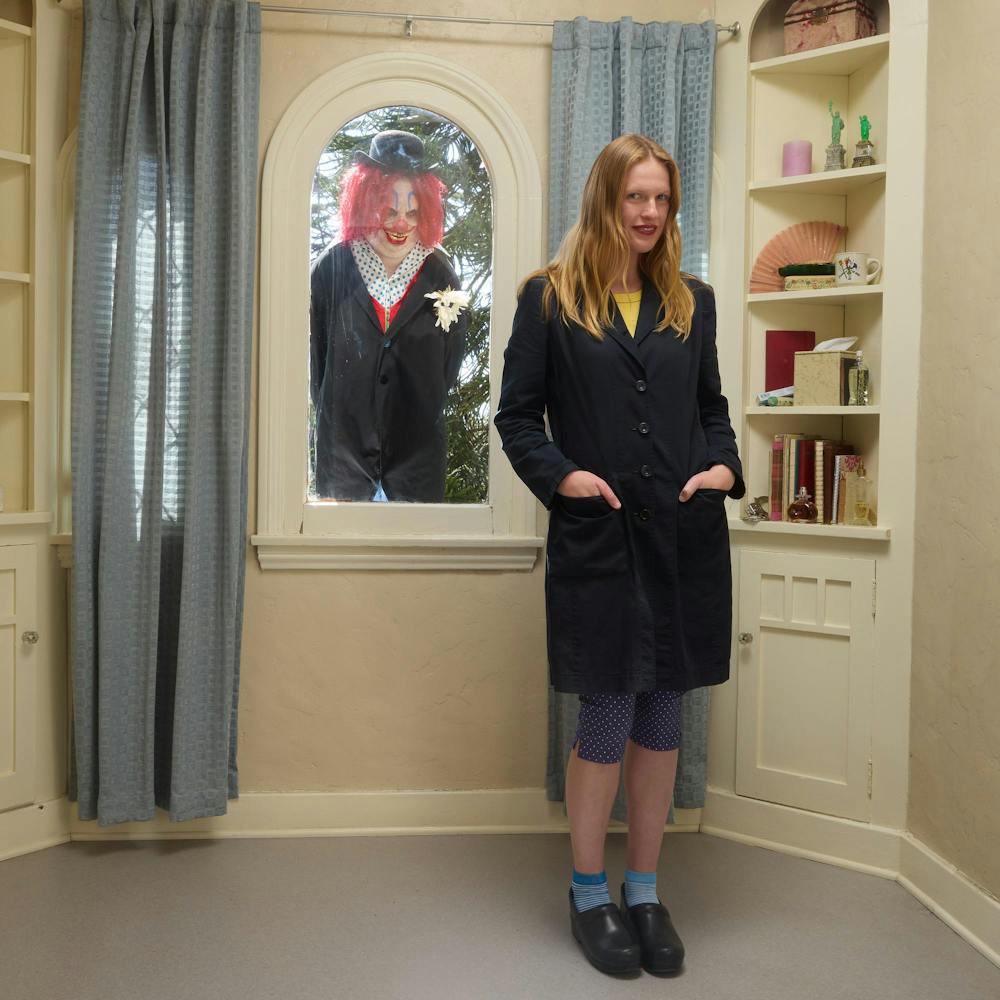



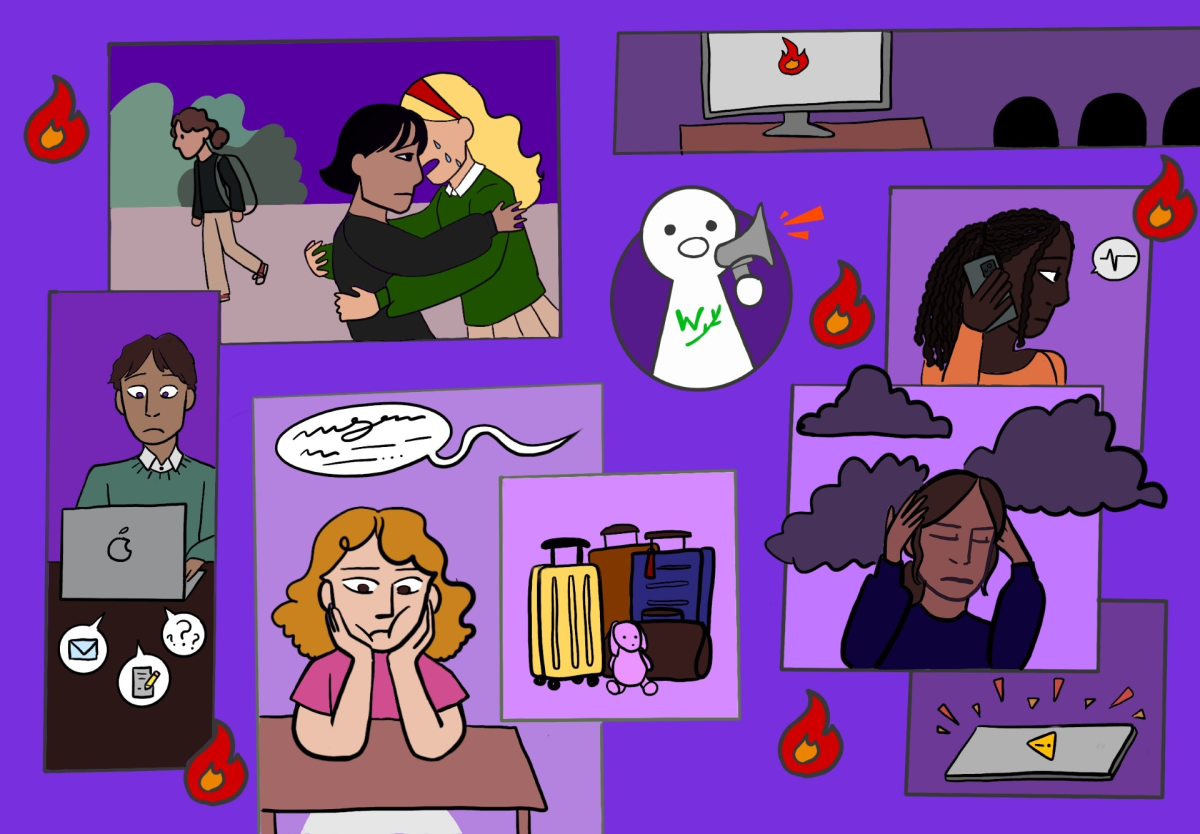


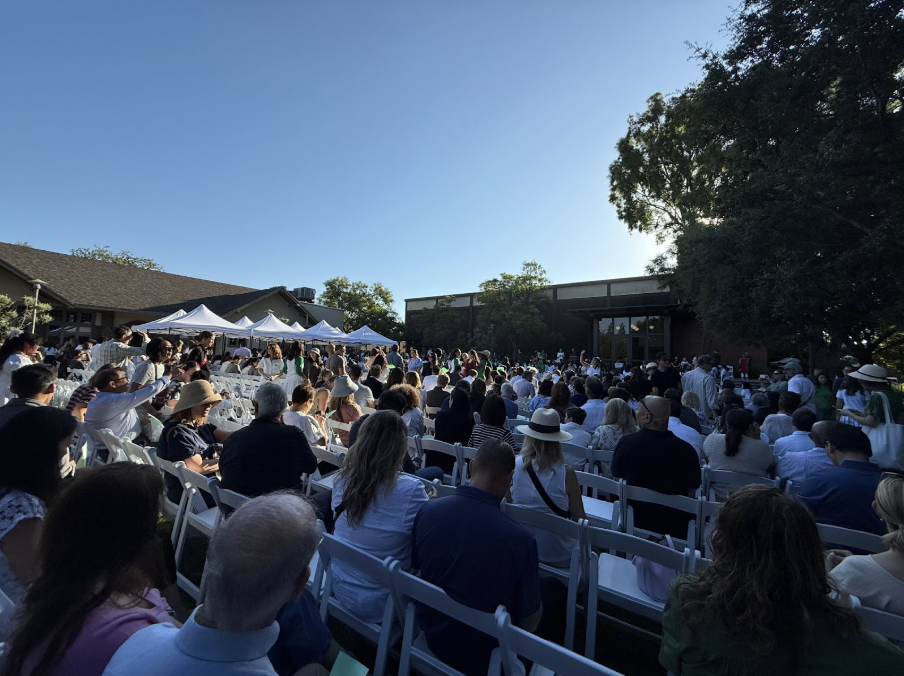

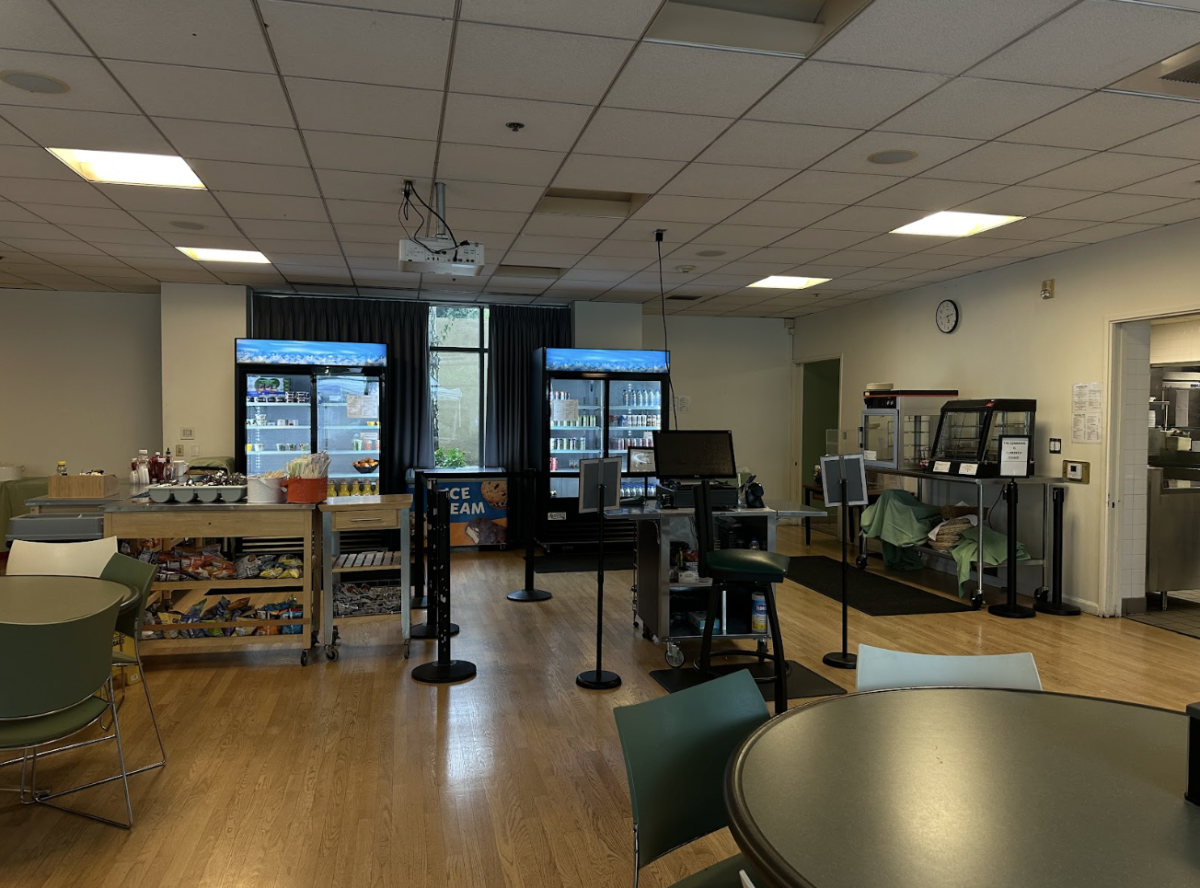


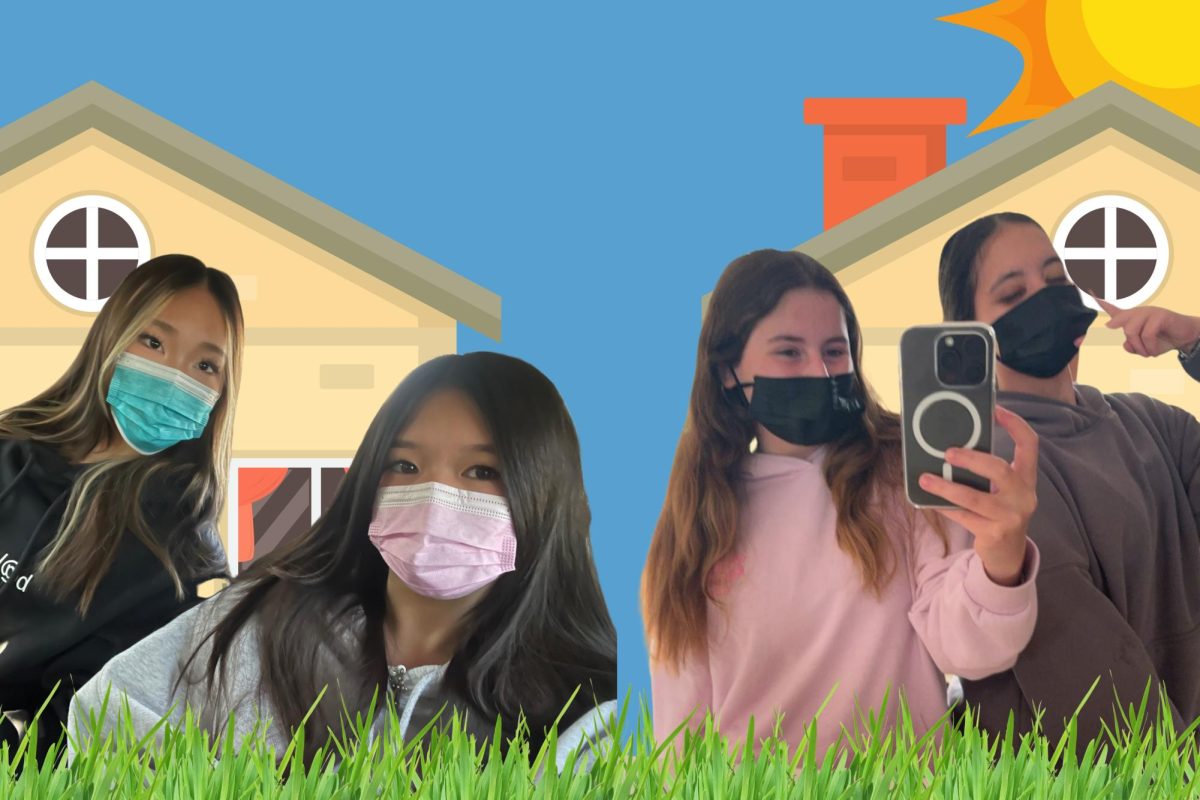
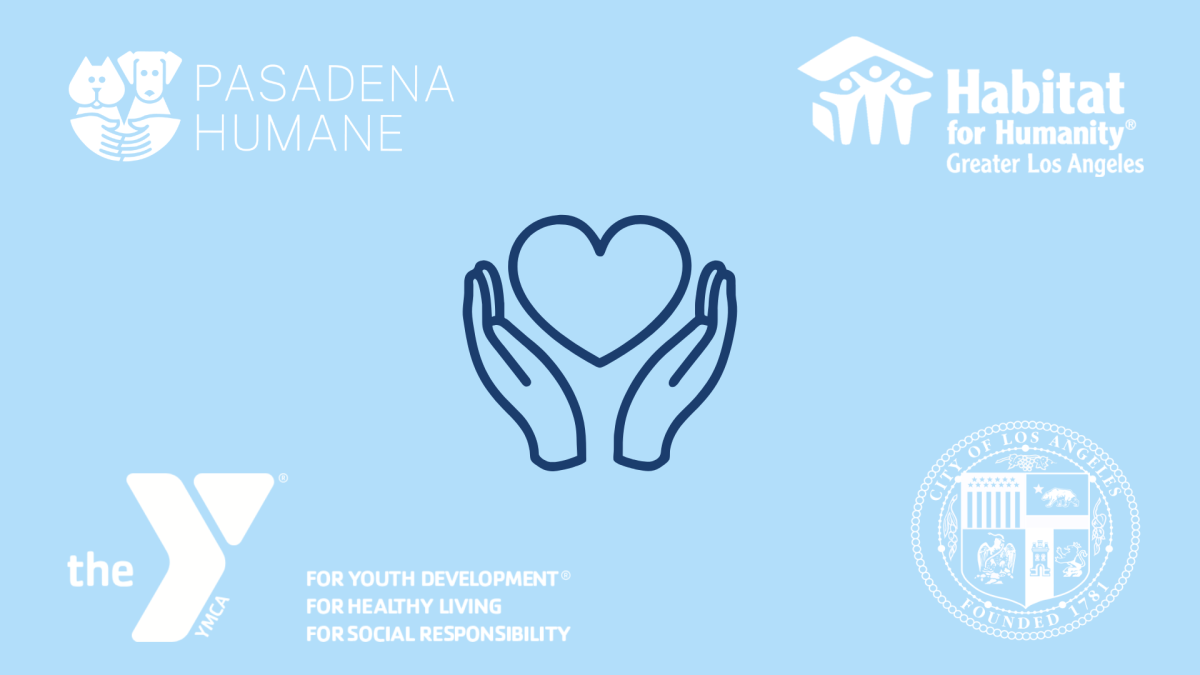

![Dr. Zanita Kelly, Director of Lower and Middle School, pictured above, and the rest of Westridge Administration were instrumental to providing Westridge faculty and staff the support they needed after the Eaton fire. "[Teachers] are part of the community," said Dr. Kelly. "Just like our families and students."](https://westridgespyglass.org/wp-content/uploads/2025/03/dr.-kellyyy-1-e1748143600809.png)

















